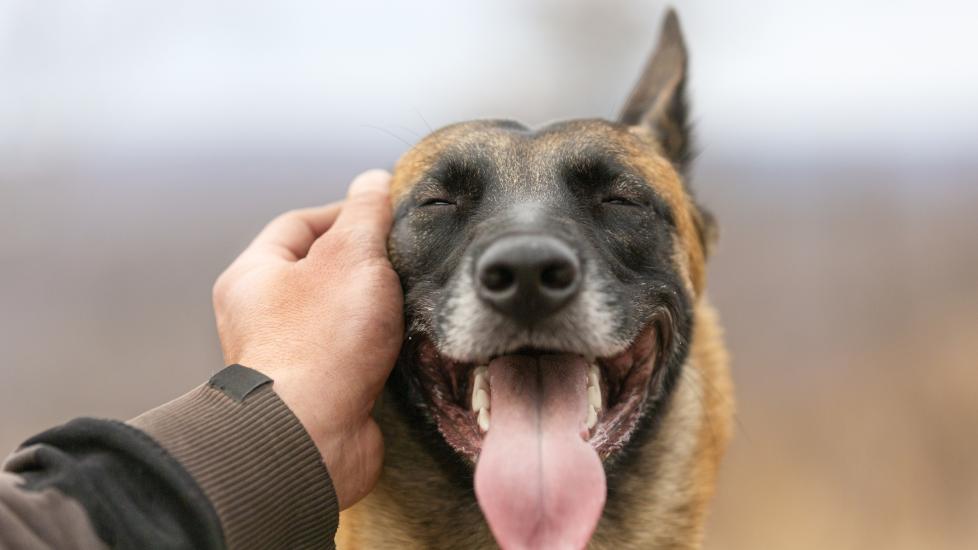Proper petting of dogs is an art form that not only brings joy to both the owner and their furry friend but also strengthens the bond between them. It’s more than just scratching behind the ears or patting on the head; it requires technique, timing, and most importantly, understanding your dog’s body language. Here are some tips for properly pampering your canine companion:
-
Start Slow: Begin with gentle taps or light scratches on areas where your dog seems receptive, such as around the ears or under the chin. This allows your dog to get used to your touch before proceeding to more vigorous strokes.
-
Use Your Fingers: Instead of using fists or palms, use your fingers in long, smooth strokes along your dog’s back from the base of the neck down towards the tail. Avoid pressing too hard, which might be uncomfortable for some breeds.
-
Scratch Behind the Ears: Many dogs love this area being scratched gently, but be careful not to overdo it, especially if your dog has floppy ears that could trap moisture and lead to infections.
-
Stroke Along the Body Lines: Dogs have natural muscle lines that run parallel to their spines. Stroking in the direction of these lines feels good to dogs and helps keep their coats healthy by preventing matting and tangles.
-
Understand Their Limits: Some dogs may dislike being touched on certain parts of their bodies, like the belly or paws. Always respect your dog’s boundaries and avoid forcing affection in those areas.
-
Be Mindful of Breed Differences: Long-haired breeds often enjoy having their hair brushed out while short-haired ones prefer lighter touches due to less need for detangling. Similarly, larger dogs might appreciate deeper pressure petting compared to smaller breeds.
-
Consistency Counts: Regular sessions of proper petting help dogs understand routine and feel secure. Make sure to set aside time each day for quality bonding through petting.
-
Avoid Overstimulation: Pay attention to your dog’s reactions. If they start to yawn, lick their lips excessively, or move away, they might be signaling that enough is enough. Stop immediately to prevent discomfort.
-
Make Eye Contact: While you pet, look into your dog’s eyes occasionally. This nonverbal communication shows your dog that you’re paying attention and reinforces the connection.
-
Pet in Rhythm with Your Voice: Speak soothingly and rhythmically as you stroke your dog. The combination of voice and touch can create a calming effect that many pets find comforting.
By following these guidelines, you can ensure that every moment spent petting your dog is enjoyable for both of you. Remember, every dog is unique, so adjust your approach according to what makes your particular pooch purr with delight!
